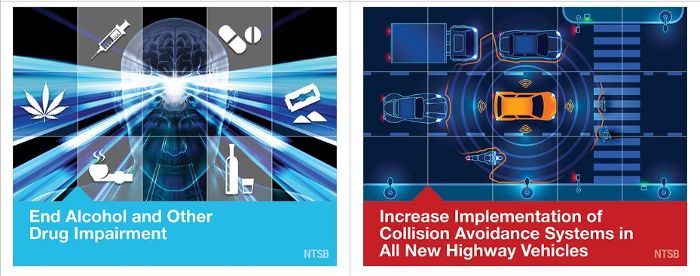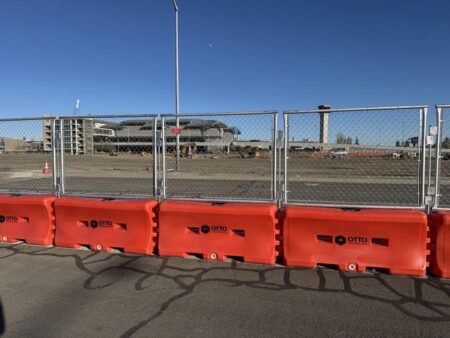Measures to curb distracted and impaired driving tops the USA’s National Transportation Safety Board list of most-wanted transportation improvements over the next two years, which were announced during an event held at the National Press Club in Washington DC yesterday (February 4).
First issued in 1990, the NTSB’s Most Wanted List of Transportation Safety Improvements serves as the agency’s primary advocacy tool to help save lives, prevent injuries, and reduce property damage resulting from transportation accidents across the USA.
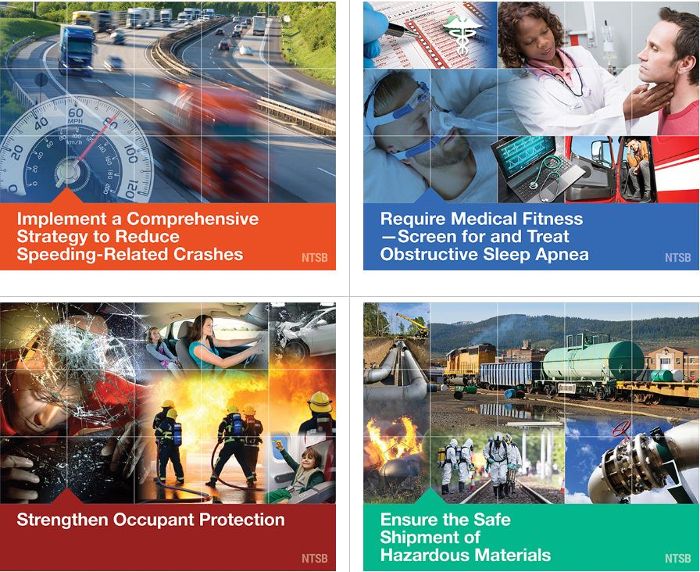 The top 10 items on the NTSB’s 2019-2020 Most Wanted List are:
The top 10 items on the NTSB’s 2019-2020 Most Wanted List are:
- Eliminate Distractions;
- End Alcohol and Other Drug Impairment;
- Ensure the Safe Shipment of Hazardous Materials;
- Fully Implement Positive Train Control;
- Implement a Comprehensive Strategy to Reduce Speeding-Related Crashes;
- Improve the Safety of Part 135 Aircraft Flight Operations;
- Increase Implementation of Collision Avoidance Systems in All New Highway Vehicles;
- Reduce Fatigue-Related Accidents;
- Require Medical Fitness – Screen for and Treat Obstructive Sleep Apnea; and
- Strengthen Occupant Protection.
There are 267 open NTSB safety recommendations associated with the 10 Most Wanted List items, and the NTSB is focused on seeing 46 of those implemented within the next two years. The majority of these recommendations, roughly two-thirds of the 267, seek critical safety improvements by means other than regulation. Of the 46 safety recommendations the NTSB wants implemented in the next two years, 20 seek regulatory action to improve transportation safety.
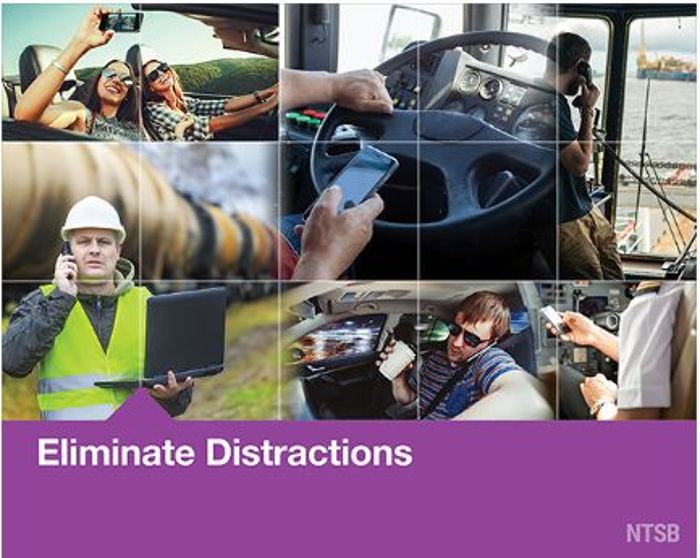 As one of its top priorities, the NTSB notes that more than 3,100 fatal crashes involving distraction occurred on US roadways in 2016, accounting for 9% of all fatal crashes. These involved 3,210 distracted drivers, according to the National Highway Traffic Safety Administration (NHTSA), because some of the incidents involved more than one distracted driver. To reduce these deaths, the NTSB says distraction can best be addressed through a combination of education, legislation and enforcement.
As one of its top priorities, the NTSB notes that more than 3,100 fatal crashes involving distraction occurred on US roadways in 2016, accounting for 9% of all fatal crashes. These involved 3,210 distracted drivers, according to the National Highway Traffic Safety Administration (NHTSA), because some of the incidents involved more than one distracted driver. To reduce these deaths, the NTSB says distraction can best be addressed through a combination of education, legislation and enforcement.
At any given time, the NTSB is managing around 1,200 open safety recommendations and while all have the potential to save lives and reduce injuries by preventing accidents, the NTSB cannot effectively communicate about each of them.
The agency’s Most Wanted List provides the NTSB’s advocacy team and other agency communicators a roadmap to focus on a select number of recommendations. In 2017 the NTSB went from an annual list to a biennial process, to give its advocacy team, their partners and safety recommendation recipients more time to move toward implementation of the recommendations associated with the list.
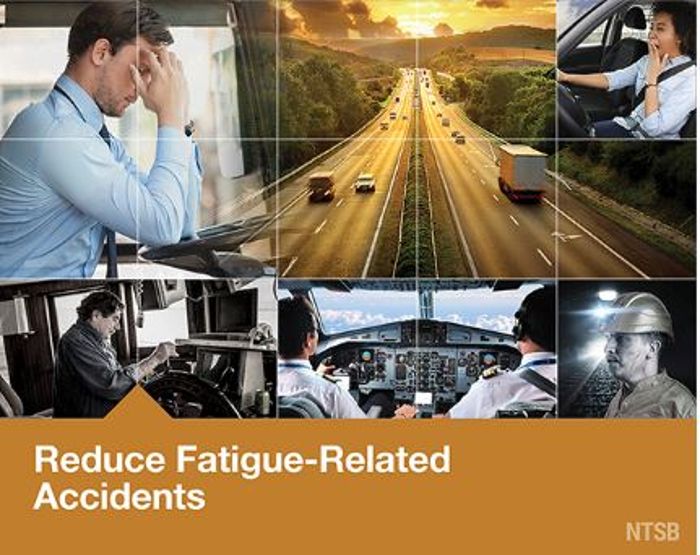 “The 2019-2020 Most Wanted List advocates for 46 specific safety recommendations that can and should be implemented during these next two years,” said the NTSB’s chairman, Robert Sumwalt.
“The 2019-2020 Most Wanted List advocates for 46 specific safety recommendations that can and should be implemented during these next two years,” said the NTSB’s chairman, Robert Sumwalt.
“It also features broad, longstanding safety issues that still threaten the traveling public. We at the NTSB can speak on these issues. We board members can testify by invitation to legislatures and to Congress, but we have no power of our own to act.
“We are counting on industry, advocates, and government to act on our recommendations. We are counting on the help of the broader safety community to implement these recommendations.”
